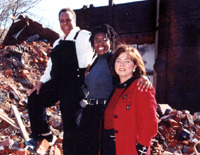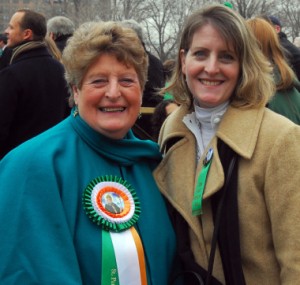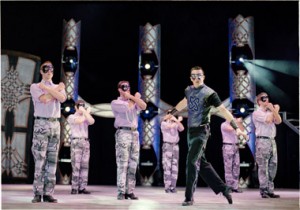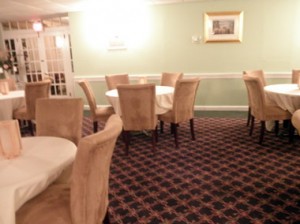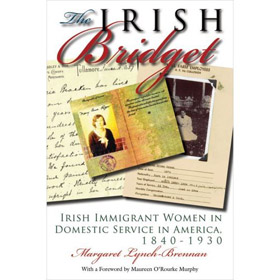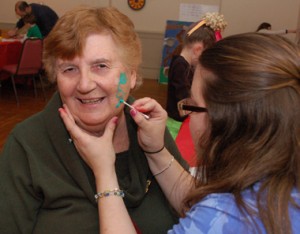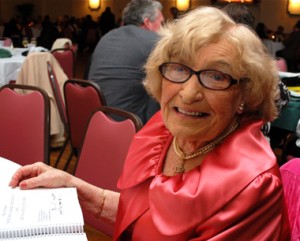Born in Jenkintown and presently residing in Villanova, Emily C. Riley is creative, multi-faceted and generous with her time and connections.
She has been a trustee for a number of significant organizations in such disparate fields as services for the homeless, arts and culture, and higher education. Besides spending happy times with her three adult children and four grandchildren, she loves to travel and has an appreciation for world culture and history.
Today, with her sister Josephine Mandeville as president, and a board of trustees comprised of family members and civic leaders, Emily heads the Connelly Foundation (she is executive vice president) whose mission, simply stated, is to “foster learning and improve the quality of life in the greater Philadelphia area.”
To that end, the foundation gives grants to non-profit organizations working in the fields of education, health and human services, arts, culture and civic enterprise. Its special focus also is providing scholarships to parochial school students to attend archdiocesan high school and developing initiatives in collaboration with the high schools and elementary schools of the Archdiocese of Philadelphia.
The Connelly Foundation, established in 1955 by her parents, John and Josephine Connelly, both children of Irish immigrant parents from Counties Waterford and Tyrone, is the financial legacy of John Connelly’s extraordinary business acumen and work ethic.
Forced to leave school after the eighth grade to help support his family, John Connelly went on to engineer the turnaround of a company, Crown Cork and Seal, that is now literally a textbook example of brilliant business management.
In their lifetime, John and Josephine Connelly raised six children and donated more than $70 million including major grants to Villanova, La Salle, Gwynedd-Mercy and Thomas Jefferson Universities, and Roman Catholic Archdioceses of Philadelphia and Newark, largely to fund Catholic education.
Emily Riley considers herself “fortunate to be able to continue this work.” Though she has a degree in English literature from Rosemont College, philanthropy “was what we were preparing for all our lives.”
“Our parents led by example,” she says. “They both came from modest backgrounds and were very giving people—of their time, resources and compassion. And we trekked along behind them.”
“My work has been rewarding in many ways,” she says, and the word “fortunate” comes up again. “I’ve been fortunate to have the experiences I’ve had and to meet the people I’ve met, like Sister Mary Scullion, who has been a friend for 20 years. It’s part of the pleasure of working in philanthropy to know people like her and to see the difference one person can make in the world … with a little help from their friends.”

